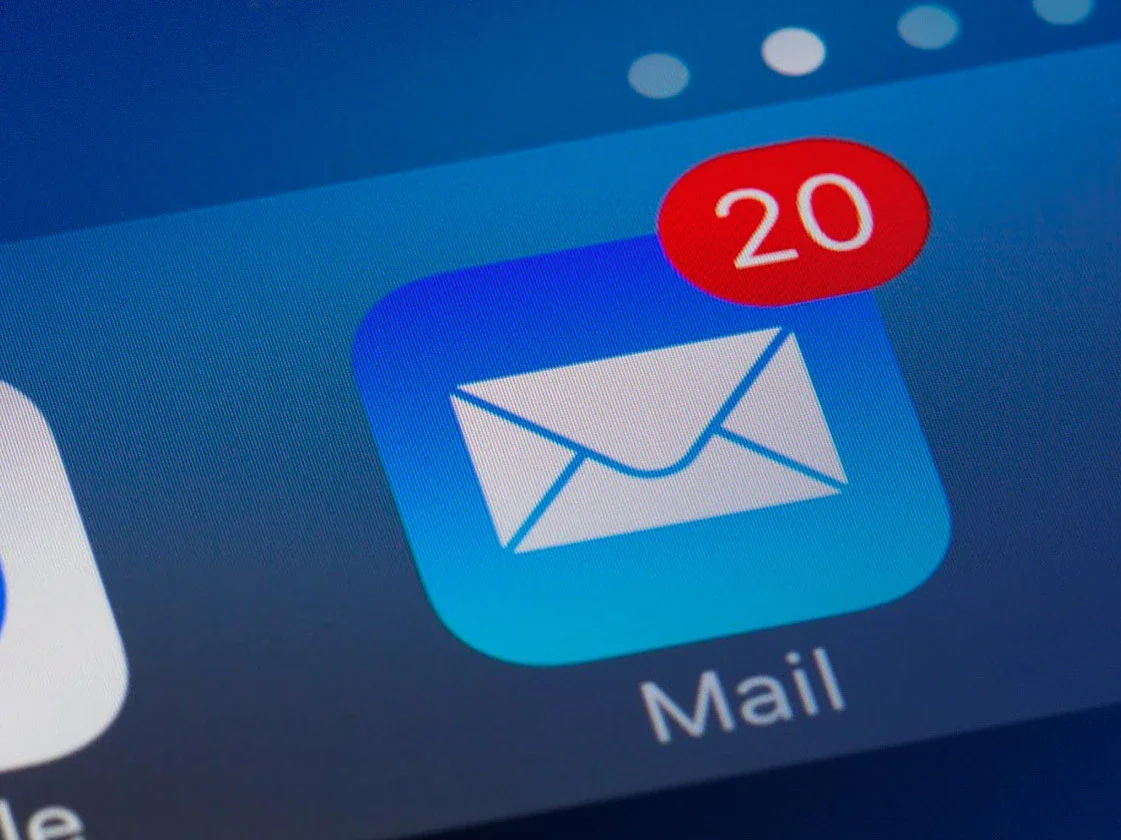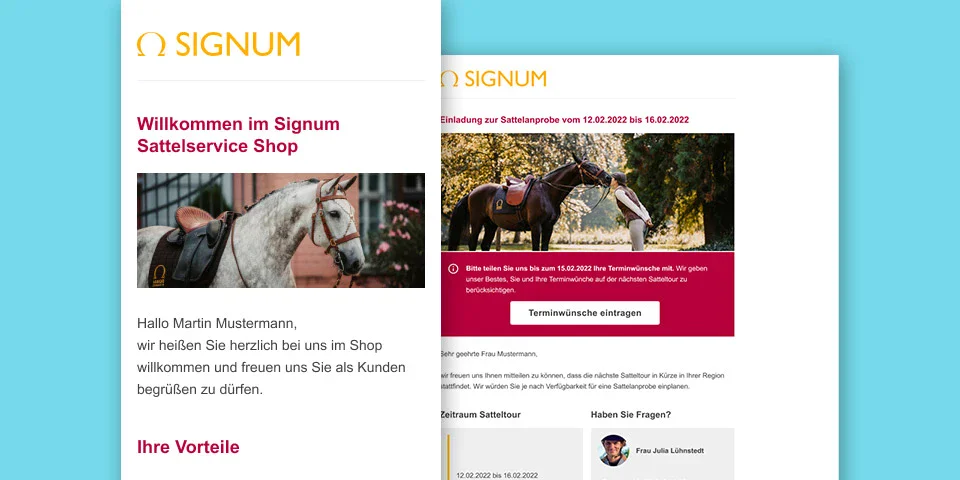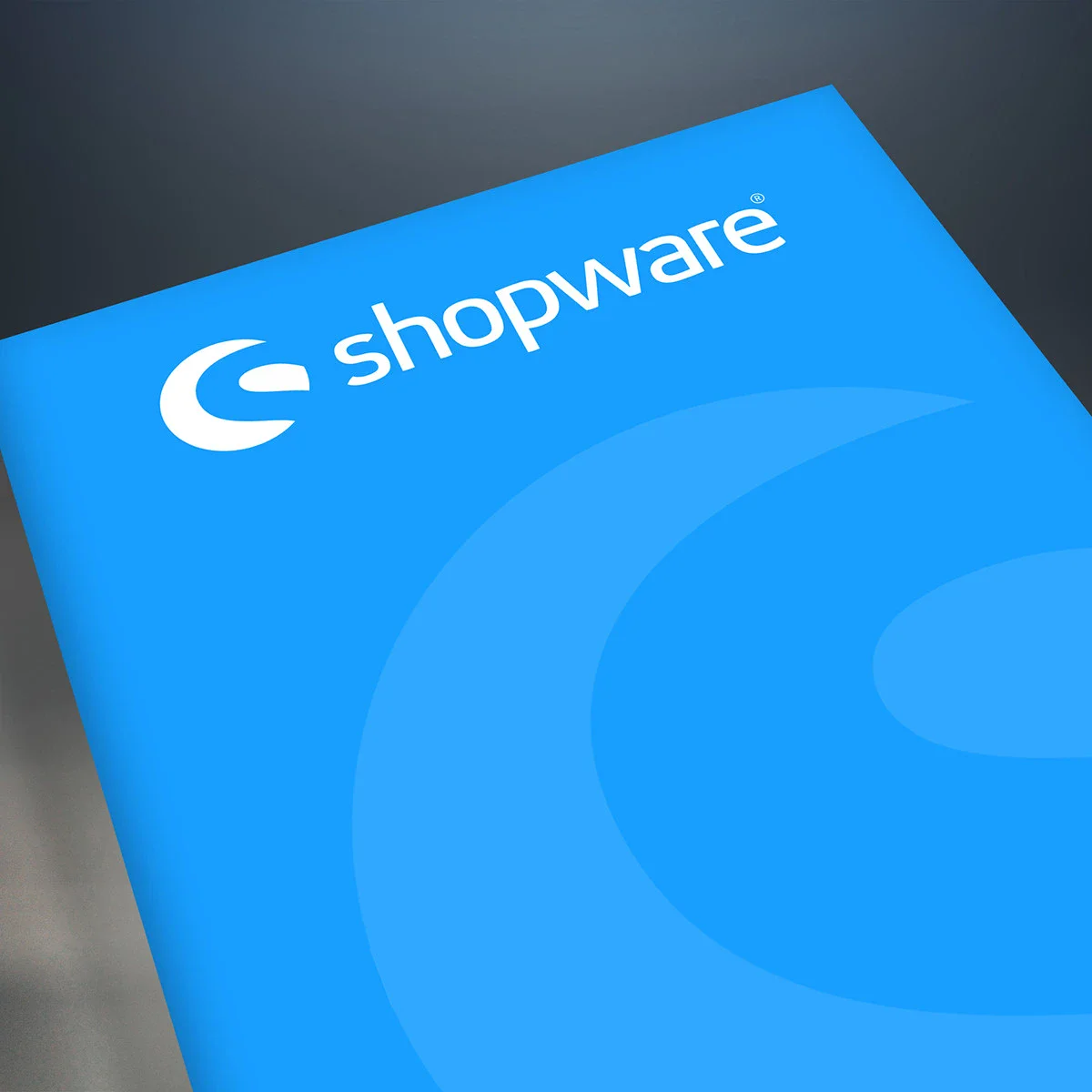Transactional emails as an important part of the customer experience

Who doesn't know them? Shipping confirmations, password reminders or reminders of unfinished shopping baskets when shopping online. These types of messages fall under the collective term "transactional" or "transactional emails".
In contrast to mass emails sent in batches, such as Newsletters, transactional emails are individual and automatic messages that are sent from the respective system based on user interactions on a website or in an app.
This sounds complicated at first, but is actually quite simple, as explained in the following article.
A simple measure with a wide reach
Transactional messages are often perceived as a necessary "evil" in technical implementation. They often end up in the recipient's inbox with very unkind and technical content.
A lot of potential is left untapped here: Because even with transactional emails, marketing measures such as branding, a personal approach, an appealing subject line and intelligent texts are an important tool for leaving a positive feeling of professionalism with the recipient.
Remember: your recipients are often people without much technical background. Your email content should look like this too!
Good templates are the key
As with Newsletter marketing, you can use so-called templates for transactional emails. These are reusable templates that are responsible, among other things, for guaranteeing a consistent look within the email, for example for HTML elements or the header and footer. Dynamic content in the template is individually tailored to the recipient via placeholder variables and automatically exchanged by the system. This not only saves development costs because the template only has to be created once, but can also be flexibly extended.
Consider the following example:
Are you toying with the idea of adding information to the footer of all your emails that your new collection is about to be released? This is quite simple to implement for all emails with clever templating. You make the changes exactly once in your template file instead of having to make them in many different files.
Mobile First
With all email measures, you should always bear in mind that the majority of all messages are read on smartphones these days. A carefully implemented template can not only guarantee an optimal mobile view in many email clients, such as Apple Mail, Gmail etc., but can also take into account other features, such as the increasingly popular dark mode.
Practical examples of transactional emails

Confirmations
This is all about the user receiving feedback via email about interactions that have been carried out on websites or in apps. For example, the recipient is informed about upcoming steps, summaries of purchases made or appointments - fully automated.
Tip: If the data pool allows it, you can work very well here with personal addresses.
Prompts
These emails are usually of an urgent nature and the subject line and content must be able to convey their importance at first glance. The recipient's reaction is the be-all and end-all here. Accordingly, important links must be clearly marked in the email.
Examples include password reset emails or GDPR-compliant requests for double opt-in.
Tip: The subject line and preheader preview text already ensure that the email is better perceived. Less is more: it is important that the recipient understands the importance, opens the email, reads the content and reacts to it if necessary.
Customer account relevant messages
Are you familiar with the messages that inform users that someone has logged into their customer account?
It doesn't hurt to keep customer account holders up to date on relevant processes. The user needs to feel that they are safe on the website or in the app. Emails that convey this sense of security can be of great help. But don't overdo it: too many emails can be perceived as annoying by the recipient.
Tip: Offer the option in your system for the user to choose when an email is sent out.
Event-driven processes
Processes triggered by event chains are, for example, shipping confirmations, upcoming invoices or deadline reminders. Another example is reminders for shopping baskets that have not been completed. They are intended to encourage users to make a purchase after all - often with individual discounts and vouchers.
Tip: It can be a nice idea to send birthday greetings to your customers. Of course, the customer's date of birth must be known in the system.
Feedback requests
Transactional emails can also be used to gain feedback on the satisfaction of your customers.
Perhaps you send out the following automated message to buyers three days after the goods have been dispatched:
"How satisfied were you with your purchase on a scale of 1 to 10?"
Buttons from 1 to 10 could be displayed in the email body, which the recipient can click on conveniently and directly - quickly and without much effort. On the other hand, it must of course be technically ensured that the link leads to a corresponding landing page that saves the answers in the background.
Tip: Vouchers and competitions are an easy way to encourage recipients to take part in surveys.
There are certainly many more examples of transactional emails. The range of applications is as varied and individual as the applications behind them.
Summary
Transactional emails are used in many areas of the digital world. A lot can be achieved with relatively little effort. The messages are very easy to customize using templates for smartphone, tablet and desktop and even features such as dark mode can be taken into account.
From small to large business models, you can score points with your customer base with good subject lines, intelligent texts and a consistent design. You create trust and also make a professional impression in the inbox.
Keep this in mind in all your measures: The customer journey doesn't just take place directly on your website or in your app, but begins with the prospective customer's desire to solve a task. It is only complete when all associated processes have been completed satisfactorily and a positive overall impression remains with the user.



